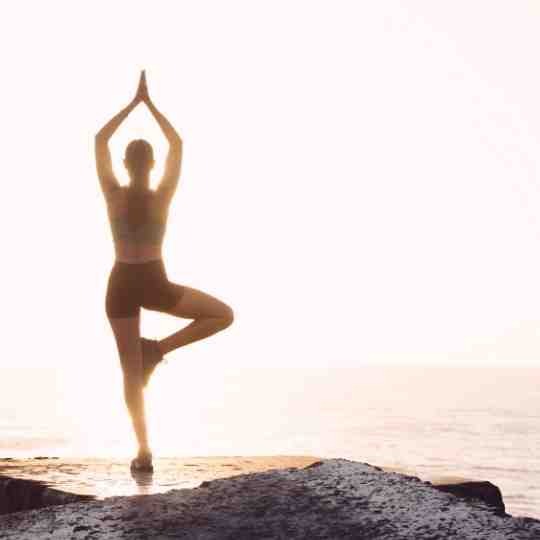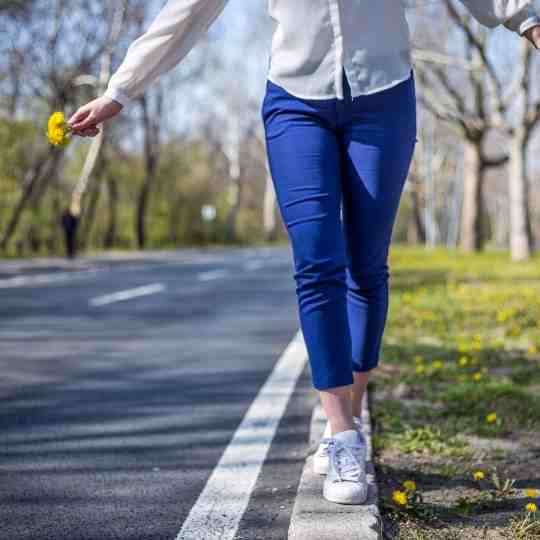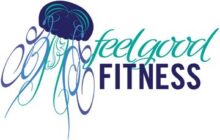Balance is often over looked as an important component of fitness. It’s assumed you are either good at it or not.
As simple as that sounds, balance plays a crucial part of our bodily function. This is what keeps us from falling when we trip, helps us to navigate where our feet are going and keeps us upright and avoiding damage to your ankles.
Admittedly good balance also relies on some core function, vestibular and visual input as well, but basic balance is the start. If you suffer with bunions, flat feet, scoliosis, or inner ear problems this can go against you, but it can be improved with a little training.
For most of us when thin king of balance, you get an image of a Yogi standing in tree pose or the famous stork from Karate Kid. These are of course good examples of very impressive balance strength. But you don’t need to do these in order to be able to balance and improve – although they may be very good goals to work towards!
king of balance, you get an image of a Yogi standing in tree pose or the famous stork from Karate Kid. These are of course good examples of very impressive balance strength. But you don’t need to do these in order to be able to balance and improve – although they may be very good goals to work towards!
And of course the first place to start looking is the foot. The foot has deep connections to your core muscles, and so when you activate the arch in your foot, you can also draw on a little bit more help from your core muscles. It’s also relativity easy to do, although if you are dropped in your arch this will feel more challenging- in which case – keep going!

- Stand up and bend the knees slightly
- Now on one leg, think about the big toe
- Try and draw the tip of the big toe towards the floor and back to your heel
- Almost as if you are asking it to curl under- but at the same time making sure it isn’t
What you are aiming to feel and sometimes see, is the foot arch lift, or the muscles and ligaments on the ankle start to move. As this connection gets stronger, you may well feel the muscles of the inner thighs and pelvic floor also start to activate. This is all very good! BUT don’t worry if nothing happens yet – just keep trying and your body and brain should meet up with a little practice!
You can now use this as your balance base!
Before jumping into standing on one leg, you need to be able to balance on both! Makes sense right?
As a point of assessment, the next exercise can be used to measure progress. Standing upright and tall, making sure you are near a wall or sturdy object if you’re wobbly and your space is clear, just in case. Close your eyes. How long did you last? DO it again and time yourself. Aim for 30 seconds.
Did you feel the difference in your balance?
It’s amazing how much we can rely on our eyes to help us walk. Now for those with MS or Parkinson’s or later years this is critical that we train our brains to know where we are without our eyes. It helps our brains and our balance! Meaning risk reduction in trips and falls.
So the next step up would be to stand on tip toes. Eyes open first, then when you can hold for 30 seconds, with eyes closed. The obvious step then is single leg flat footed, to flat foot and eyes closed, to tip toes, to tip toes eyes closes. The last one is super hard!
However this is only one way of getting your balance to improve.
Do you remember when you were a child and you used to play in the playground on the balance beams?
Hey presto! Great for balance! Walking on the edge of the curb or line is great for you! Or try walking heel to toe, like you see the police getting drink drivers to do!
There are so many ways to improve your balance, that don’t have to involve very structured or rigid exercises. Yes squats, lunges, steps, etc are great for balance and the strength side too, but sometimes, breaking it down and thinking more simply is better. In fact a mix of everything is the best way to go, but certainly little and often if you are trying to reconnect to your brain.
You can certainly start to improve your foot function with our online Functional Feet course. Just head over to www.feelgoodfitness.org and you will find it under the online courses section.

